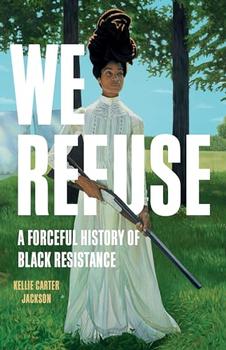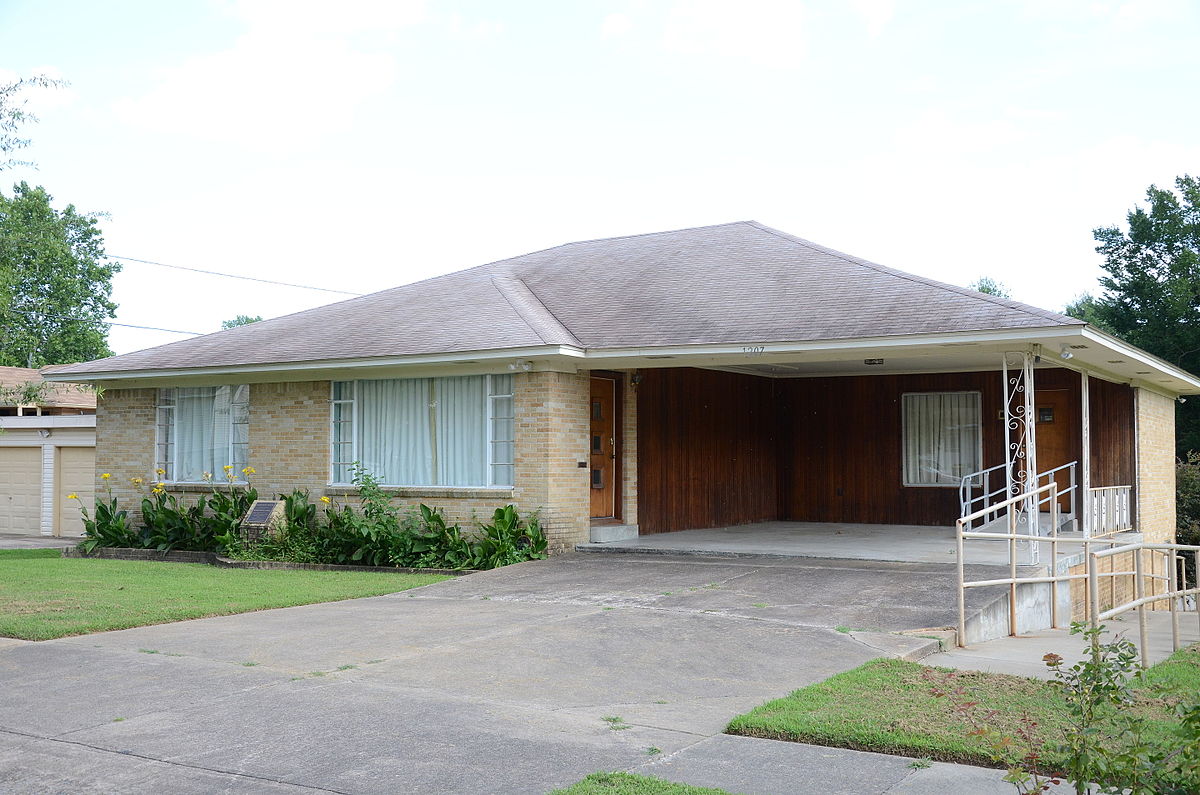Summary | Excerpt | Reviews | Beyond the Book | Read-Alikes | Genres & Themes | Author Bio

A Forceful History of Black Resistance
by Kellie Carter JacksonThis article relates to We Refuse
 In We Refuse, Kellie Carter Jackson recalls the courageous and tireless efforts of civil rights activist Daisy Bates and her husband, L.C., to integrate schools in Little Rock, Arkansas. The Bates home became a place of refuge for the students known as the "Little Rock Nine" — the first group of Black children to attend the previously all-white Central High School — and their families, putting the couple at constant risk of violent retribution.
In We Refuse, Kellie Carter Jackson recalls the courageous and tireless efforts of civil rights activist Daisy Bates and her husband, L.C., to integrate schools in Little Rock, Arkansas. The Bates home became a place of refuge for the students known as the "Little Rock Nine" — the first group of Black children to attend the previously all-white Central High School — and their families, putting the couple at constant risk of violent retribution.
Born Daisy Gatson in Huttig, Arkansas in 1914, Bates's life was marked by white supremacist violence almost immediately — her mother was sexually assaulted and murdered by a group of white men when Daisy was a baby, and she was subsequently raised by family friends. She was eight when her adoptive parents told her about what happened; she later recalled becoming determined in that moment "To find the men who had done this horrible thing to my mother."
In the 1940s, Daisy and L.C. moved to Little Rock and started publishing the Arkansas State Press, a newspaper for the city's Black community covering civil rights issues as well as local social and sporting events. In 1952, she became president of the Arkansas chapter of the NAACP, and this is how she became involved with desegregation.
After the Supreme Court ruled segregation unconstitutional in 1954, Bates attempted to enroll Black students from the community into white schools over a span of years, but they were always refused. Finally, she helped enroll the Little Rock Nine at Central for the 1957-1958 school year, and became something of a mentor to the students in the process. In response, the Bates house became a target for violence. A rock was thrown through the window with a note that read "STONE THIS TIME. DYNAMITE NEXT TIME." They received bullets in the mail, there were arson attempts, and people fired shots at the house as they drove by. A cross was burned on their lawn twice. In response, the Bateses and their allies kept loaded guns by the front door, installed floodlights and bars on the windows, and kept watch during the night.
Jackson recalls one particular incident from the experience of Daisy Bates that represents the necessity of the potential use of force in the preservation and liberation of Black life. In 1958, she was rammed off the road by a car full of white men who then exited their vehicle and began to accost and threaten her. When she pulled out a pistol and released the safety, the men quickly dispersed. Jackson explains, "What terrified white racists hell-bent on wreaking havoc was not the sight of a gun but the emboldened attitude of a Black person who was unafraid to use it."
In 1959, the Bateses had to close the Arkansas State Press due to lack of funds, but Daisy continued her activism into the 1970s, with the NAACP and other organizations. Her memoir The Long Shadow of Little Rock (1962, with a foreword by Eleanor Roosevelt) won an American Book Award.
Daisy Bates died in 1999, and a memorial service in her honor was attended by more than 2,000, including President Clinton, who spoke of her profound contribution to the Civil Rights Movement. She was posthumously awarded the Medal of Freedom.
Daisy Bates House in Little Rock, Arkansas, by Valis55 (CC BY-SA 3.0)
Filed under People, Eras & Events
![]() This article relates to We Refuse.
It first ran in the June 19, 2024
issue of BookBrowse Recommends.
This article relates to We Refuse.
It first ran in the June 19, 2024
issue of BookBrowse Recommends.
The less we know, the longer our explanations.
Click Here to find out who said this, as well as discovering other famous literary quotes!
Your guide toexceptional books
BookBrowse seeks out and recommends the best in contemporary fiction and nonfiction—books that not only engage and entertain but also deepen our understanding of ourselves and the world around us.